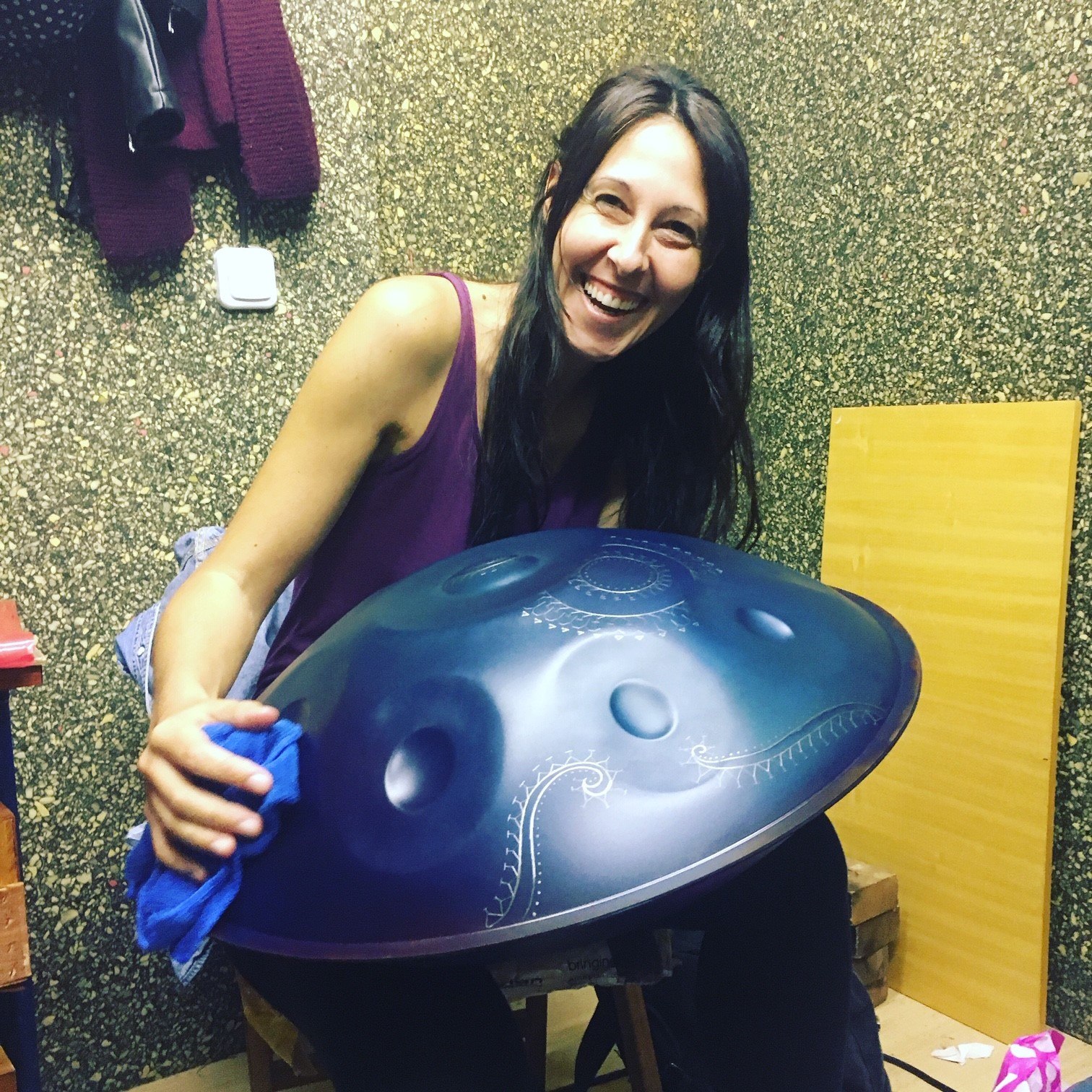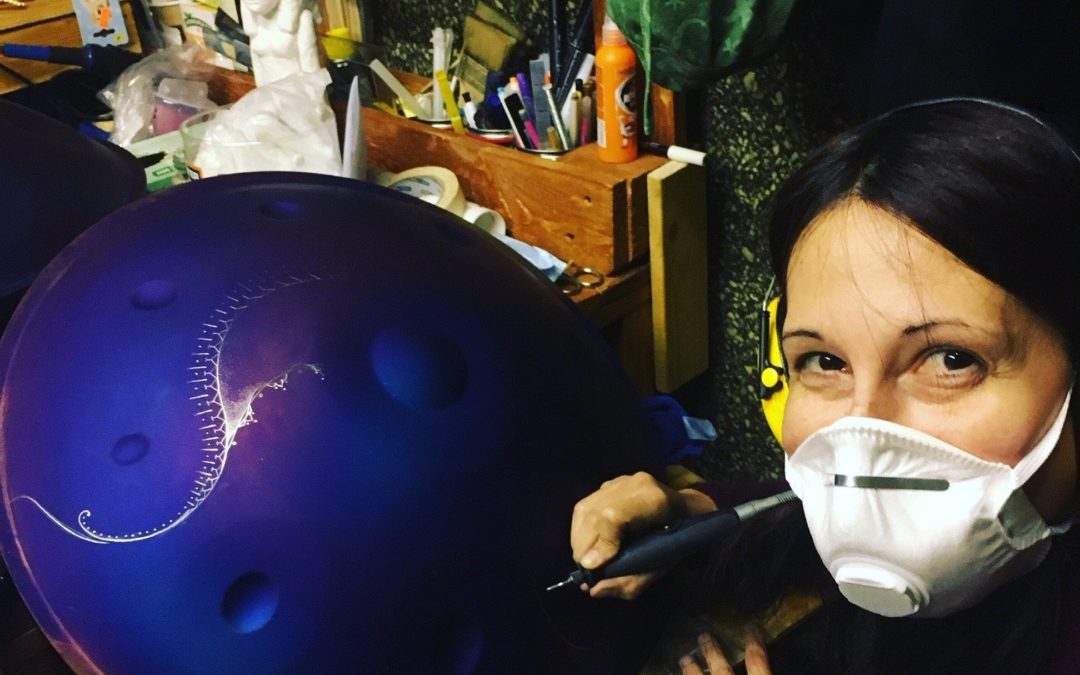The point is: what is the best way to take care of our handpan? As all other kinds of music instruments, the handpan needs its good share of maintenance. It is not a fragile instrument, as both nitrided and stainless steel are resistant to corrosion and oxide, while there are other instruments that, being made of wood for instance, are more susceptible to changes in the surrounding climate conditions.
This being said, we nonetheless should be aware of the better practices to increase the life-span of the material and of our handpan.

Since I have entered in this world, I have heard several different theories regarding how to maintain the handpan: some players and manufacturers apply either organic or mineral oils; others clean carefully the instrument after they have played it, each time; and others prefer that a layer of dust, oil or other substances cover the instrument thus creating a natural, use-related sort of cover.
What to avoid
Moreover, the place we stock our instrument is very important. Moisture, salt or sudden temperature changes may have a big impact on the instrument. I mean, maybe playing it under the summer sun on the beach is not a good choice, even in case of very good instruments!
I have studied and worked for several years as an art restorer, so I immediately got interested in the topic. Something less interesting than the videos of shaping, tuning and harmonic stuff, but oxide does have its charm, doesn’t it??
Oil and the handpan
I think there is not one single method or series of steps to follow to correctly maintain the handpan. There are many, and each is valid and sensible: for instance, some time ago, we watched a very good video about how to get rid of the oil applied to a handpan in cases of very low sustain, carefully, almost submerging the upper shell in an acetone bath to dissolve the oil.
This was suggested as nitrided steel is a porous material and oil penetrates the superficial layer maybe affecting the sound. It is a good theory, but more tests need to be carried out to assess the average sustain loss or gain. On the other hand, when we play an oil-ridden instrument, we must be aware that our hands and fingers leave oil and wax from our secretions or acid sweat that need to be cleaned frequently with alcohol or acetone on a tissue and a soft microfiber cloth, or they could stain the instrument in time; and we have to find an alternative way to protect the handpan without using mineral oil or similar materials.
The importance of nitriding
Of course, nitriding has been an essential treatment in handpan making. It is basically a heat treatment that diffuses a layer of nitrogen to the shell, making it harder and more resistant to oxide. The process may have different times and formulas, leading to different effects. The more time it is nitrided or carbonitrided, the more resistant to oxide it becomes. But there is also another factor to be taken into account: what if, before nitriding, the shell shows traces of oxide? What happens is that oxide keeps on working and eating the lower layers of the shell, and one day or another it will surface. So, what can we do about it?
Well, don’t worry…I too have my restorer tricks!


Recent Comments